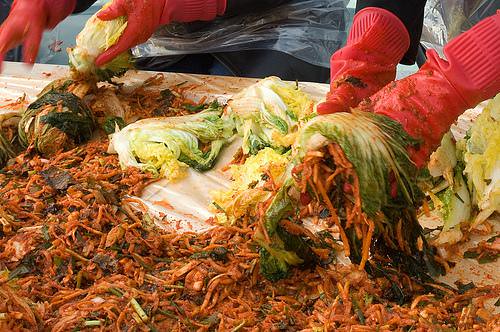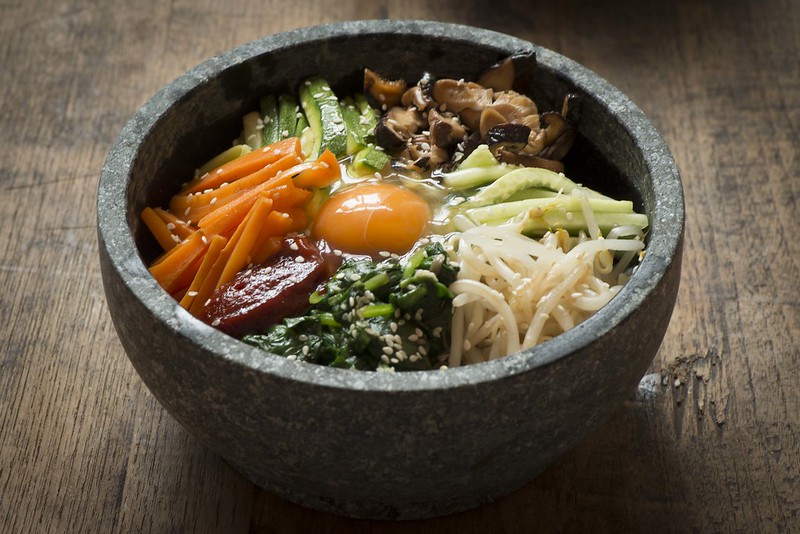Uncover the Secrets of Korean Food Culture
Delve into the Lesser-Known Wonders of Korean Cuisine!
Korean food culture is a vibrant blend of flavours, traditions, and dining etiquette that extends far beyond well-known dishes like kimchi and bulgogi. Here are five intriguing aspects of Korean food culture you probably didn’t know:
Banchan Variety
In a traditional Korean meal, expect a variety of small side dishes called banchan. These can range from pickled vegetables to savory pancakes. Each meal can include multiple banchan, creating a colourful and flavourful spread. The variety and abundance of banchan reflect Korea’s emphasis on balance and harmony in meals.
Dining Etiquette
Korean dining etiquette is steeped in respect and tradition. For instance, it’s customary to wait for the eldest person to start eating before you begin. Passing food with chopsticks and sticking chopsticks upright in a bowl are also considered impolite, as they resemble funeral rites.
Seasonal Foods
Korean cuisine is heavily influenced by the seasons. Seasonal dishes like naengmyeon (cold noodles) in summer and hotteok (sweet pancakes) in winter showcase the importance of fresh, seasonal ingredients in Korean cooking.
Fermentation Mastery

Fermentation is a cornerstone of Korean cuisine, beyond just kimchi. Foods like doenjang (soybean paste) and gochujang (red chili paste) are fermented over months, even years, to develop deep, complex flavours. These fermented foods are believed to be beneficial for digestion and overall health.
Temple Cuisine
For a unique culinary experience, explore Korean temple cuisine, known for its simplicity and use of natural ingredients. This vegetarian cuisine, practiced by Buddhist monks, emphasises mindful eating and the balance of flavors without using garlic, onions, or meat.
For a luxurious dining experience, head to opulent restaurants located within Oakwood Premier Incheon, home to a range of lavish luxury apartments in Incheon.
Related posts
Archives
Categories
- Appetizers (26)
- Arab (48)
- Bars (35)
- Burmese (6)
- Café (26)
- Casual Dining (38)
- Chinese (37)
- Coffee House (29)
- Desserts (38)
- Destination Dining (386)
- Diner (28)
- Family Restaurants (71)
- Fast Food (65)
- Fine Dining (524)
- Food Facts (224)
- Healthy Food (108)
- Hong Kong (10)
- Indonesian (15)
- Italian (2)
- Japanese (17)
- Main Dishes (63)
- Maldivian (73)
- Miscellaneous (8)
- Miscellaneous Topics (395)
- Palate (68)
- Recipes (95)
- Restaurants (206)
- Sea Food (99)
- Singaporean (34)
- Sri Lankan (62)
- Steaks & Grill (70)
- Street Food Stalls (152)
- Thai (94)
- Types of Cuisines (120)
- Vegan (63)
- Vegetarian (10)
- Vegeterian (39)
- Vietnamese (22)
- Western (11)

